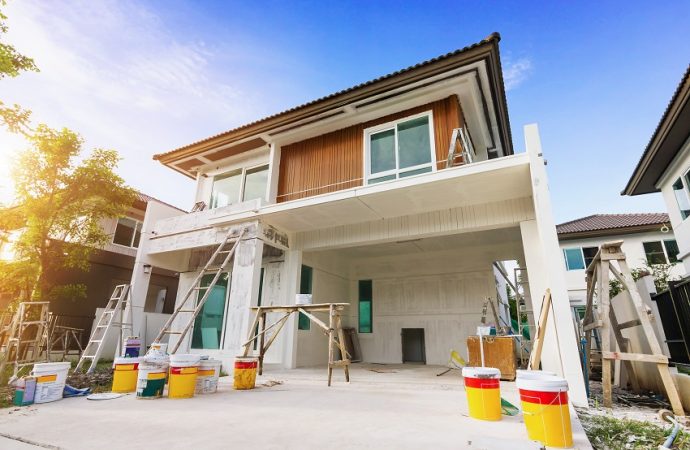Introduction A home renovation is an exciting prospect, but the thought of costly renovations can be daunting. The good news is that you don’t have to drain your bank account to revamp your living space. In this article, we’ll explore cost-effective strategies for a budget-friendly home renovation. From smart planning and DIY projects to sourcing
Introduction
A home renovation is an exciting prospect, but the thought of costly renovations can be daunting. The good news is that you don’t have to drain your bank account to revamp your living space. In this article, we’ll explore cost-effective strategies for a budget-friendly home renovation. From smart planning and DIY projects to sourcing affordable materials, you’ll discover how to achieve a stylish makeover without breaking the bank.
Cost-Effective Home Renovation Strategies
1. Strategic Planning
Start your home renovation with strategic planning. Define your goals and create a detailed budget. Identify the areas that need the most attention and allocate your budget accordingly. By having a clear plan, you can avoid overspending and stay on track.
2. Prioritize Essentials
It’s essential to prioritize your needs before addressing cosmetic changes. Focus on crucial repairs like fixing leaks, electrical issues, or structural problems. By addressing essentials first, you can avoid costly repairs down the line.
3. DIY Projects
Take a do-it-yourself (DIY) approach whenever possible. Many tasks, such as painting, installing shelves, or minor repairs, can be accomplished with some research and effort. DIY not only saves on labor costs but also allows you to personalize your space.
4. Shop Smart for Materials
When it comes to materials, there are often cost-effective alternatives that don’t compromise on quality. Shop around for affordable materials and compare prices from different suppliers. Consider using recycled or repurposed materials, which can add character to your renovation at a fraction of the cost.
5. Reuse or Upcycle Furniture
Instead of purchasing all-new furniture, consider reusing or upcycling your existing pieces. A fresh coat of paint, new hardware, or creative alterations can breathe new life into old furniture. Scour thrift stores and online marketplaces for unique, budget-friendly finds.

Image by: https://decoupagenapkins.com/
6. Energy-Efficient Upgrades
Look for energy-efficient upgrades that will save you money in the long run. Replacing outdated windows with energy-efficient options can improve insulation and reduce heating and cooling costs. Installing a programmable thermostat and energy-efficient lighting can further enhance your home’s efficiency.
7. Avoid Structural Changes
Major structural changes, like moving walls or altering room layouts, can be expensive. Try to work with your existing layout as much as possible. Avoiding significant structural changes will significantly reduce labor and material expenses.
8. Comparison Shopping
Comparison shopping is your ally during a budget-friendly renovation. Don’t settle for the first quote you receive. Get multiple quotes from contractors and suppliers to find the most affordable options. Negotiate when possible and look for discounts or promotions.
9. Set a Contingency Fund
Regardless of your planning, unexpected expenses can arise during a renovation. Set aside a contingency fund of around 10% of your budget to cover unforeseen costs. This will ensure financial peace of mind and allow your project to proceed without stress.
10. Quality Over Quantity
When selecting fixtures and finishes, prioritize quality over quantity. Investing in high-quality materials may cost more upfront, but it will pay off in the long run as these materials tend to be more durable and long-lasting.
Conclusion
Revamping your home on a budget is not only possible but also a fulfilling endeavor. By following these cost-effective strategies, you can achieve the transformation you desire without breaking the bank. Strategic planning, prioritizing essentials, and DIY efforts can significantly reduce costs. Shopping smart for materials, reusing or upcycling furniture, and making energy-efficient upgrades all contribute to a budget-friendly renovation. Remember that quality should always be prioritized over quantity, and setting a contingency fund is essential for financial security. With careful consideration and these cost-effective strategies, you can revamp your home without emptying your wallet.

















Leave a Comment
Your email address will not be published. Required fields are marked with *